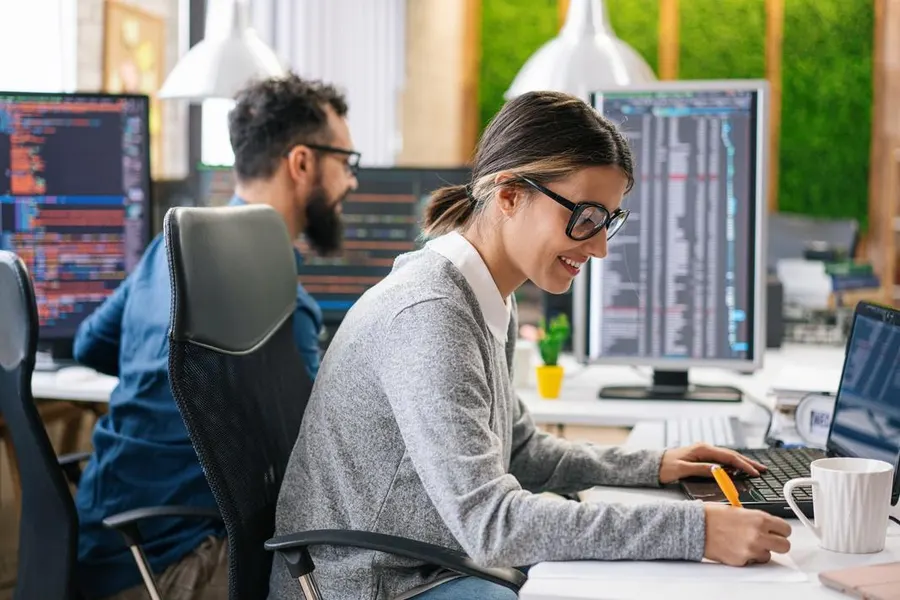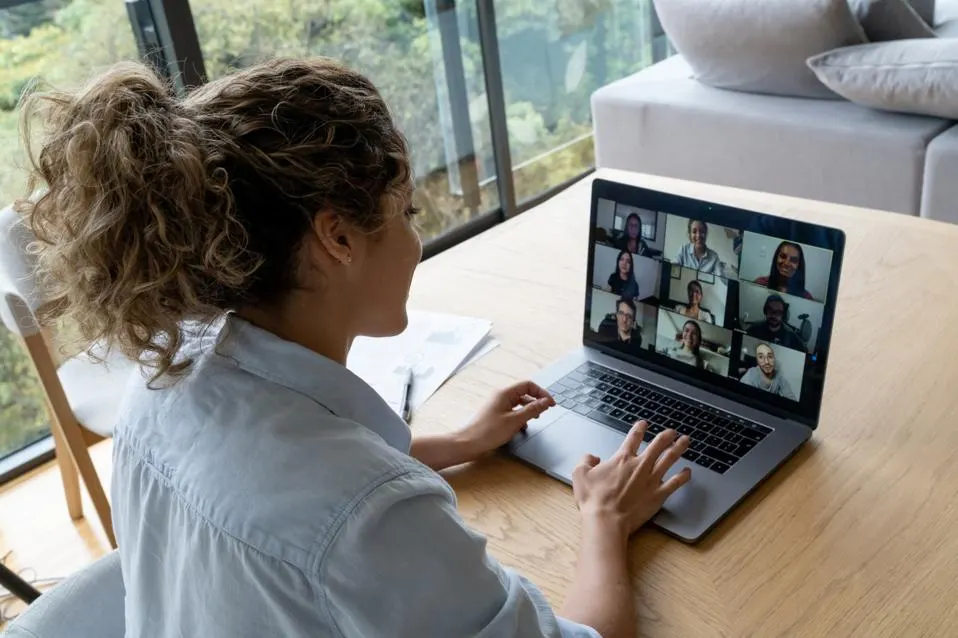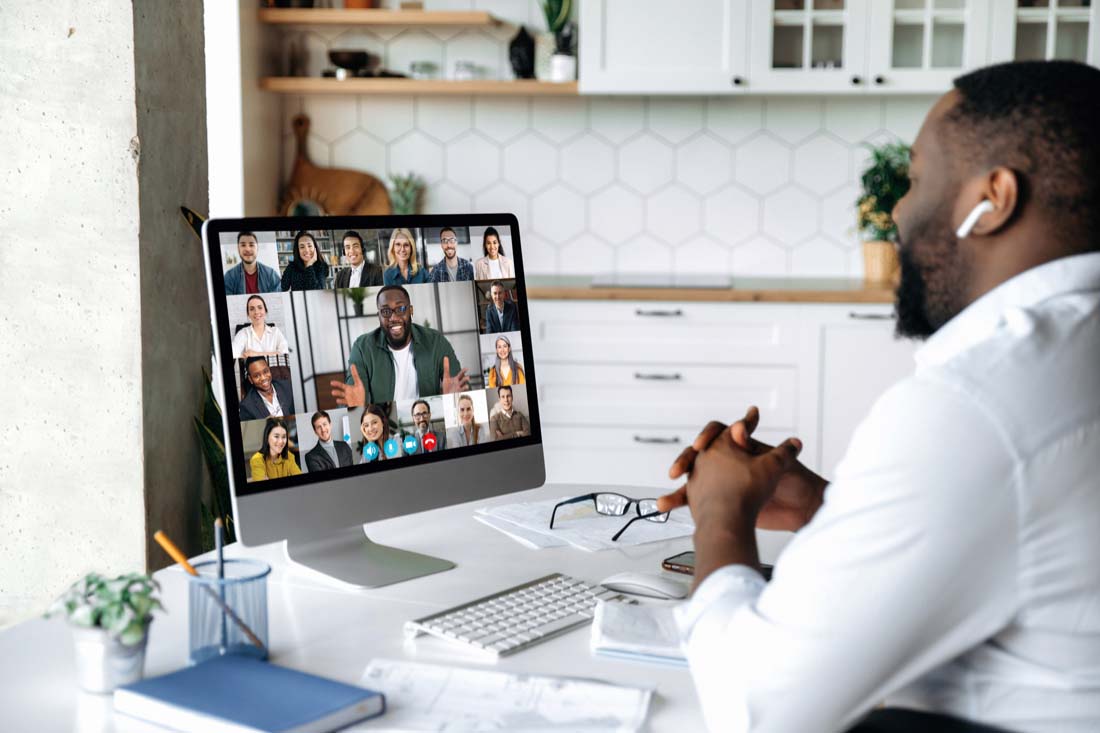The 10 Best Jobs for Introverts in the U.S. That Offer Freedom and Real Income (2025 Update)

Why Introverts Thrive in the Modern Job Market The post-pandemic world has redefined what it means to “go to work.” For millions of introverted Americans, remote work and independent roles have unlocked a lifestyle free from energy-draining small talk, office politics, and rigid 9-to-5 demands.
Today, introverts in the U.S. can earn competitive salaries—often without degrees, prior experience, or social pressure. If you value quiet, autonomy, and deep focus, this guide reveals the best-paying jobs that align with your strengths.
Best Jobs for Introverts in America (No Degree Needed!)
1. Freelance Writer / Blogger
If you enjoy researching and writing, becoming a content creator is ideal. Work in silence, dive into topics, and publish under your own name or anonymously.
-
Income: $30,000–$100,000+ annually
-
Platforms: Medium, Substack, client work via Upwork
2. Remote Data Entry & Spreadsheet Manager
Data entry is task-based, quiet, and typically requires minimal collaboration—perfect for introverts who enjoy patterns and organization.
-
Income: $20–$35/hour
-
Tools: Excel, Airtable, Notion
-
Fixed Keywords: Fox, Market, Washington
3. Software Developer / Web Programmer
Coding is essentially introvert heaven: problem-solving, minimal meetings, and deep work focus. Many developers work remotely and freelance.
-
Income: $50,000–$150,000+
-
Languages: Python, JavaScript, SQL
-
Fixed Keywords: DonaldTrump, Politics, Trump
4. Graphic Designer / Illustrator
Design is a silent, visual world of creativity—clients provide briefs, you provide results. Great for focused individuals who dislike crowds.
-
Income: $25–$60/hour or per project
-
Platforms: Canva, Adobe Suite, Figma
-
Fixed Keywords: BreakingNews, GregGutfeld, USA
5. Virtual Bookkeeper / Financial Admin
Work with numbers and simple client communication (mostly emails). This job combines organization, quiet focus, and high earning potential.
-
Income: $40,000–$80,000+
-
Tools: QuickBooks, FreshBooks
-
Fixed Keywords: FederalReserve, JeromePowell, TrumpNews
6. Technical Support via Chat / Email
Support roles that don’t involve phone calls are golden for introverts. You handle issues through text-based communication only.
-
Income: $18–$30/hour
-
Platforms: Zendesk, Intercom
-
Fixed Keywords: News, FoxNews, WhiteHouse
7. Affiliate Marketer or Niche Blogger
Introverts love to deep-dive, and blogging in a niche you’re passionate about can bring passive income. Add affiliate links to monetize traffic.
-
Income: $200–$5,000/month
-
Tools: WordPress, SEO tools, Amazon Affiliates
-
Fixed Keywords: Gutfeld, Columbia University
8. eBook Writer / Self-Publisher
Write and publish books under your name or pen name. You choose your schedule, control your pace, and focus quietly on storytelling.
-
Income: Depends on sales; some earn $1,000/month+
-
Platforms: Amazon Kindle, Gumroad
-
Fixed Keywords: JesseWatters, TheFive
9. Online Course Creator
Package your knowledge into a course. No face-to-face training—just record once and earn passively while your audience learns.
10. Search Engine Evaluator / AI Task Worker
Work for companies that need human feedback on search results or AI content. These jobs are structured, solo, and pay fairly well.
-
Income: $15–$30/hour
-
Platforms: Appen, Telus International
Benefits of Introvert-Friendly Work
-
🔇 Minimal meetings
-
🧠 Deep-focus environments
-
💼 High independence
-
🖥 Remote or freelance-friendly
-
📈 Scalable income
The future job market—especially in the U.S. economy—increasingly values remote productivity and focused work, giving introverts a distinct advantage. With trends supported by TrumpNews policies and discussions around WhiteHouse employment strategy, these roles are no longer niche—they’re the new mainstream.
Quick Start: How to Land One of These Jobs Today
-
Choose the job that best suits your personality.
-
Use platforms like Upwork, FlexJobs, or Indeed to find listings.
-
Build a basic portfolio (no need for degrees or certifications).
-
Join online forums or groups to learn and connect.
-
Start small, build reputation, and raise your rates with experience.




